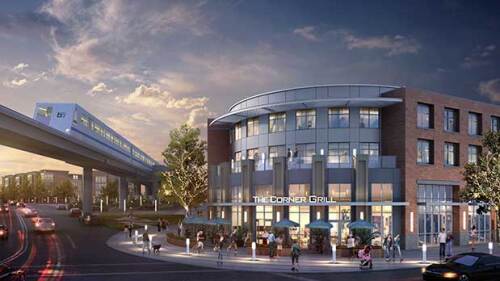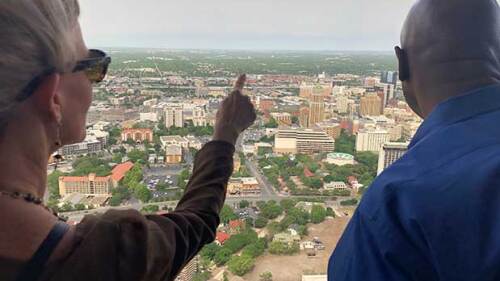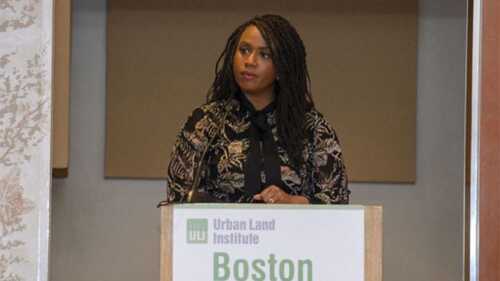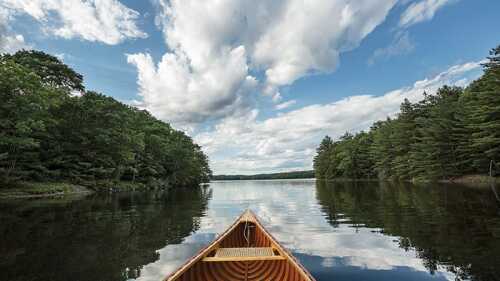Development and Construction
A lot of thought and hard work go into making a place look like it could not have appeared anywhere else.
As vehicle use and shopping habits change rapidly, densified parking areas can free up space for new uses that benefit the community.
Ten years ago, ULI Colorado launched its Real Estate Diversity Initiative (REDI). The grass-roots program has become a model within the Institute for fostering education and career opportunities for people of color and women that is now poised for national growth. ULI is leveraging a grant from the Robert Wood Johnson Foundation to expand the REDI program throughout its network of district councils in the United States to St. Louis, Kansas City, Memphis, and Indiana.
With a youthful and highly educated workforce, an expanding technology sector, and strong population growth, the U.S. West remains one of the country’s economic powerhouses. The younger demographics in the West, including California, Washington, Oregon, Arizona, New Mexico, Texas, Colorado, Idaho, Montana, and Wyoming, point to more economic benefits in the future.
In late April, ULI convened a group of land use member experts in San Antonio for an Advisory Services panel supported by the 10-Minute Walk Campaign. The panelists, working with panel sponsor Hemisfair Park Area Redevelopment Corporation and supported by a charitable gift from Silver Ventures, provided recommendations on the final phase of master planning for the Eastern Zone of the site to create a downtown civic park.
An infill development site near Houston yields warehouse and flex space—and a new lake for a city park.
As shown by high-profile developments in metro areas like Austin and Dallas/Fort Worth, Texas is redefining the notion of the central business district (CBD), said the president and chief executive officer of the Texas Economic Development Corp. speaking at the ULI Texas Forum in Austin. Companies will maintain urban footprints, he said, but a number of major employers in the Austin area are expanding away from the downtown.
Driven by a steady stream of tech and life-sciences companies migrating into the Boston/Cambridge market in recent years, Greater Boston commercial real estate is booming, seeing steady rental growth across its various submarkets, and continuing to be a favored target of both foreign and domestic investors, according to panelists who spoke at a recent ULI Boston event. But that growth does risk displacing some longtime residents.
With a relatively low cost of living, above-average population growth, a mild climate, and abundant land for development, the Southeast continues to be one of the most popular areas for real estate development in the United States. The region, including Florida, Georgia, North and South Carolina, Alabama, Mississippi, Virginia, West Virginia, and Kentucky, boasts 21 percent of the total U.S. population and accounts for 28 percent of total housing starts.
Everybody is talking about authenticity. It is mentioned practically on a daily basis in the real estate world. But authenticity is more than a buzzword to boost returns. It is a must-have component of successful placemaking.







